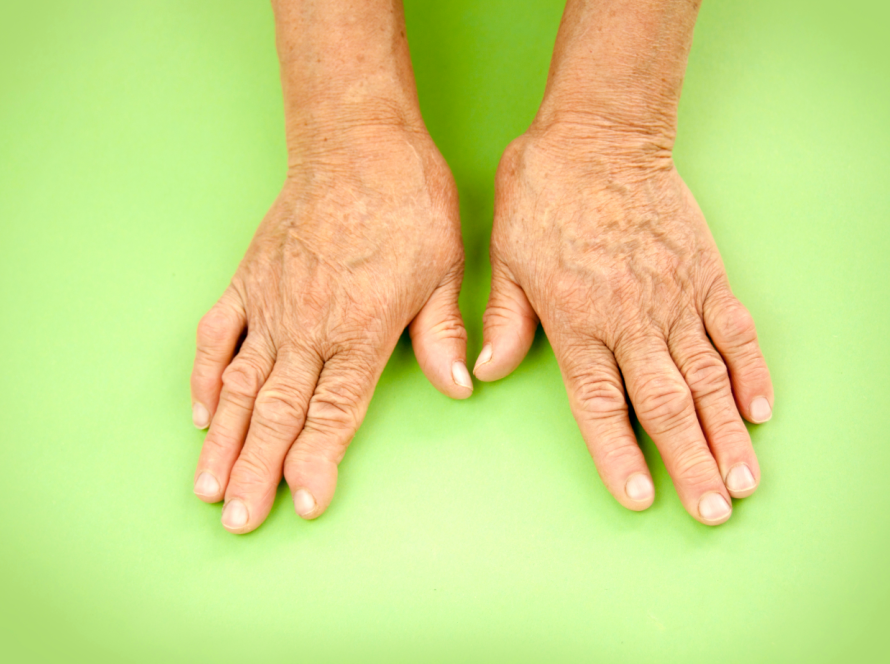Endometriosis
Definition of the illness
Endometriosis occurs typically when tissue similar to the uterus lining grows instead of inside the outside of the uterus.
It is a painful disorder, especially during menstrual periods, and a common problem in women.
The process is about acting the Endometrial-like tissue is normal endometrial tissue, so it thickens, breaks down, and bleeds with each period. Moreover, it can cause fertility problems. However, effective treatments are available.
Symptoms
– Painful periods
– Pain during or after intercourse
– Infertility
– Painful bowel movements
– Fatigue or lack of energy
– Having problems in work and social commitments
– Depression or isolation
Causes
1- Surgical scar implantation: After a surgery, including a hysterectomy or C-section, endometrial cells may also connect to a surgical incision.
2- Endometrial cell transport: The blood vessels or tissue fluid (lymphatic) system may also transport endometrial cells to different components.
3- Genetics: when there is a family history of the disease, the threat increases.
4- retrograde menstruation: when some of the womb linings flow up via the fallopian tubes and embeds themselves on the pelvis organs, rather than leaving the body as a period.
5- a problem with the immune system: the body’s usual defense against illness and infection.
6- endometrium cells spread through the body in the bloodstream or lymphatic system, a series of tubes and glands that shape a part of the immune device.
Risk factors
_ Never giving birth
_ Starting your period at an early age
_ Going through menopause at an older age
_ Short menstrual cycles: for example, when the menstrual period is less than 27 days as unusual
_ Heavy menstrual periods that are prolonged
_ Having higher levels of estrogen or exposure to estrogen
_ Low body mass index
_ Family history
_ Any condition that prevents the passage of blood from the body during menstrual periods
_ Disorders of the reproductive tract
When to see a doctor
See a doctor if you have symptoms of endometriosis, as we described above, especially if they are having a significant effect on life.
Endometriosis can be a challenging condition to diagnose and manage. However, the early diagnosis may result in better management and prevention of cancer.
Diagnosis
1- Pelvic exam: the doctor will examine any large cysts or scars behind the uterus.
2- Imaging test: the doctor may ask for an ultrasound to check for ovarian cysts from endometriosis or Magnetic resonance imaging (MRI) that provides a picture of the inside of the body.
3- Laparoscopy: In some cases, the doctor may ask for this procedure. Therefore, while you are under general anesthesia, the surgeon makes a tiny incision near the navel and inserts a slender viewing instrument, searching for signs of endometrial tissue outside the uterus.
Differential diagnosis
· Dysmenorrhea
· Pelvic adhesions
· Serositis
· Functional or neoplastic ovarian cyst
· Uterine malformation
· Adenomyosis
· Colon cancer
· Ovarian cancer
· Gonorrhea
· Pelvic Inflammatory Disease
· Diverticulitis
· Chlamydia (Chlamydial Genitourinary Infections)
· Urinary Tract Infection (UTI)
Management
There is no exact cure for endometriosis, and it can be challenging to treat. Treatment is given to make symptoms fewer, so the disease does not affect women’s daily life. It is essential to help:
Reduce pain, slow the growth of endometriosis tissue, improve fertility, and stop the condition from returning
There are many options for management:
1- Pain medication: Anti-inflammatories, such as ibuprofen or paracetamol, maybe tried to see if they help reduce your pain
2- Hormone treatment: The purpose is to prevent estrogen production in the body because estrogen encourages endometriosis tissue to grow and spread, so Limiting estrogen will reduce the amount of tissue in the body.
3- Surgery: it can get rid of endometriosis tissue, making symptoms and fertility better.
4- Laparoscopy: keyhole surgery that is when small incisions are made in the abdomen so the endometriosis tissue can be destroyed or cut out.
5- Hysterectomy: the definite treatment if not all the above treatment works and the woman has decided not to have any more children in the future, removal of the womb can be an option.
References
· Medscape
· Mayo clinic
· NHS
· OASH
· Endometriosis UK


